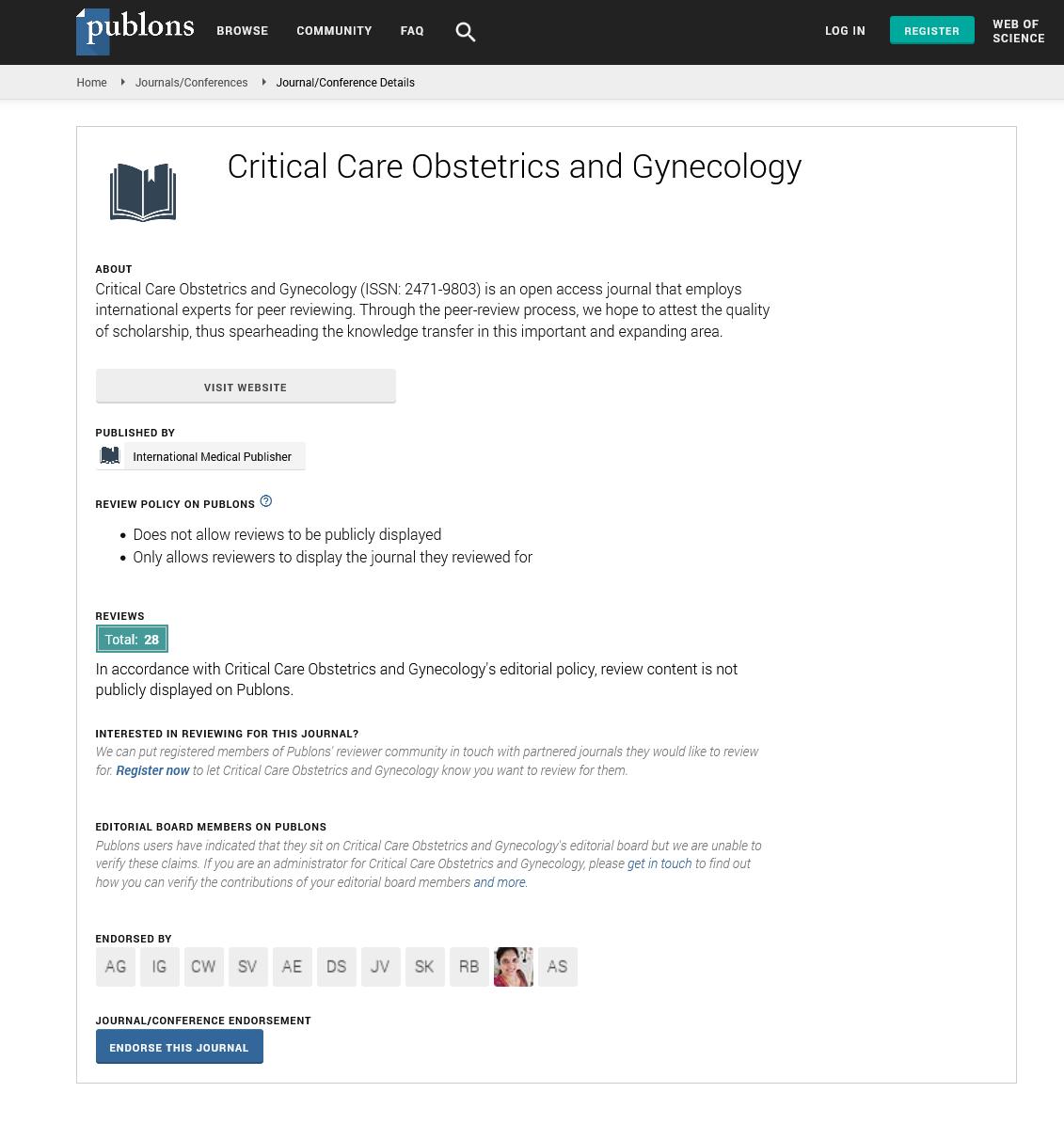Abstract
A planned observational investigation to assess the maternal and neonatal result of forceps conveyance in a the tertiary consideration government medical clinic
The craft of forceps conveyance is a training that goes back a few centuries. Current obstetrics practice has seen an expansion in the cesarean segment rates. The objective of forceps conveyance is to mirror unconstrained vaginal birth, subsequently speeding up conveyance with at least maternal or neonatal dreariness. Its protected and appropriate use can diminish the increasing cesarean area rates. This examination is expected to see the result of its utilization in a showing emergency clinic over a 1 year time span. In this Prospective observational examination, 158 instances of forceps conveyance were read for maternal result, for example, wounds, failue of forceps, baby blues discharge, need of blood bonding and neonatal result, for example, birth weight, Apgar scores, neonatal emergency unit confirmations or any fetal grimness or mortality. Out of the 158 patients, 76.58% of patients requiring forceps application were primigravida. The most normal sign was fetal pain (55.69%) trailed by maternal fatigue. The most well-known maternal confusion was maternal wounds, for example, vaginal cuts. (9.49%), 3 instances of disappointment of forceps conveyance (1.89%), vulvovaginal hematoma in 2 cases, 6 instances of complete perineal tears with 6 instances of Postpartum drain requiring blood bonding. There was 1 instance of uterine break which was in a past lower fragment cesarean area case. Out of complete of 15 infants (9.49%) who had poor Apgar scores 14 recuperated after revival with 1 instance of stillbirth where fetal pain was sign of forceps conveyance. Forceps is an extensive and safe alternative for the obstetrician to lessen the cesarean area rates; notwithstanding, extraordinary alert, appropriate skill and legal utilization of this instrument is needed to forestall excessive danger to mother and baby.
Author(s):
Dr. Pankaj Singh
Abstract | PDF
Share this

Google scholar citation report
Citations : 148
Critical Care Obstetrics and Gynecology received 148 citations as per google scholar report
Critical Care Obstetrics and Gynecology peer review process verified at publons
Abstracted/Indexed in
- Google Scholar
- China National Knowledge Infrastructure (CNKI)
- WorldCat
- Publons
- Geneva Foundation for Medical Education and Research
- Secret Search Engine Labs
Open Access Journals
- Aquaculture & Veterinary Science
- Chemistry & Chemical Sciences
- Clinical Sciences
- Engineering
- General Science
- Genetics & Molecular Biology
- Health Care & Nursing
- Immunology & Microbiology
- Materials Science
- Mathematics & Physics
- Medical Sciences
- Neurology & Psychiatry
- Oncology & Cancer Science
- Pharmaceutical Sciences


